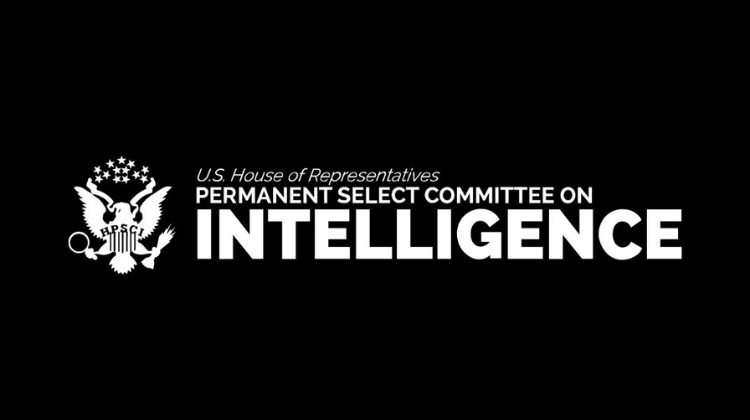
What:
- House Intelligence Counterterrorism, Counterintelligence, and Counterproliferation Subcommittee (also known as the “C3” subcommittee), a subcommittee of the US House of Representatives Permanent Select Committee on Intelligence
- List of subcommittee members
- 90 minute public session live streamed, followed by a closed, classified briefing. View the whole briefing in the video at the bottom of the page, and you can read the transcript here.
Who was being questioned:
- Ronald Moultrie, defense under secretary for intelligence and security
- Scott Bray, deputy director of navy intelligence
What was said by Bray:
- “Reports of sightings are frequent and continuing”
- US has not fired upon a UFO
- US has not tried to communicate with a UFO
- They have not recovered any non-terrestrial wreckage
- They now have around 400 reports, up from the 144 in last year’s report
- 11 near misses, but no collisions between US aircraft and UFOs
- “Are we holding materials organic or inorganic that we don’t know about?” asked Rep. Jim Himes, a Connecticut Democrat. “When it comes to material we have, we have no material,” Bray responded.
- Gallagher also asked about a high-profile report of a “glowing red orb” that was reportedly observed over Malmstrom Air Force Base in Montana, 1967, “in which 10 of our nuclear ICBMs were rendered inoperable.” “I have heard stories, I have not seen official data on that,” Bray responded.
From subcommittee chairman Andre Caron’s opening address:
- “UAPs are unexplained, it’s true. But they are real. They need to be investigated. And any threats they pose need to be mitigated.”
- “transparency is desperately needed.”
- “First, we need you to update us on the status of AIMSOG. The legislation creating it was passed back in December. The deadline for implementation is fast approaching, but the group does not even have a named director. We need to know the status of the organization and any obstacles to getting up and running.
- Second, you have to convince the audience today – and most especially our military and civilian aviators – the culture has changed. That those who report UAPs will be treated as witnesses, not as kooks.
- Third, you need to show Congress and the American public, whose imagination you have captured, you are willing to follow the facts where they lead. I fear sometimes that DOD is focused more on emphasizing what it can explain, not investigating what it can’t.
- I am looking for you to assure us today, that all conclusions are on the table.”
From committee chairman Adam Schiff’s opening statement:
- “UAP reports have been around for decades, and yet we haven’t had an orderly way for them to be reported – without stigma – and to be investigated.
- That needs to change. UAP reports need to be understood as a national security matter, and that message needs to go out across DOD, the IC, and the whole of the U.S. government. When we spot something we don’t understand or can’t identify in our air space, it’s the job of those we entrust with our national security to investigate. And report back.”
A question by Adam Schiff:
- “Some appeared to remain stationary without discernable means of propulsion—that’s pretty intriguing,” Schiff said. “Are we aware of any adversary that can move objects without discernible means of propulsion?”
- Bray responded, stating the government is “not aware of any adversary that can move objects without a discernible means of propulsion.” However, he qualified his response by suggesting that, “in some cases, sensor artifacts may be hiding that.” If not developed by ETs, the response at least suggests intelligence gaps in what the U.S. government knows about locomotive technologies developed by other nations.
- “I can simply say there are a number of events we do not have an explanation for—we can’t explain them with the data that we have,” Bray said.